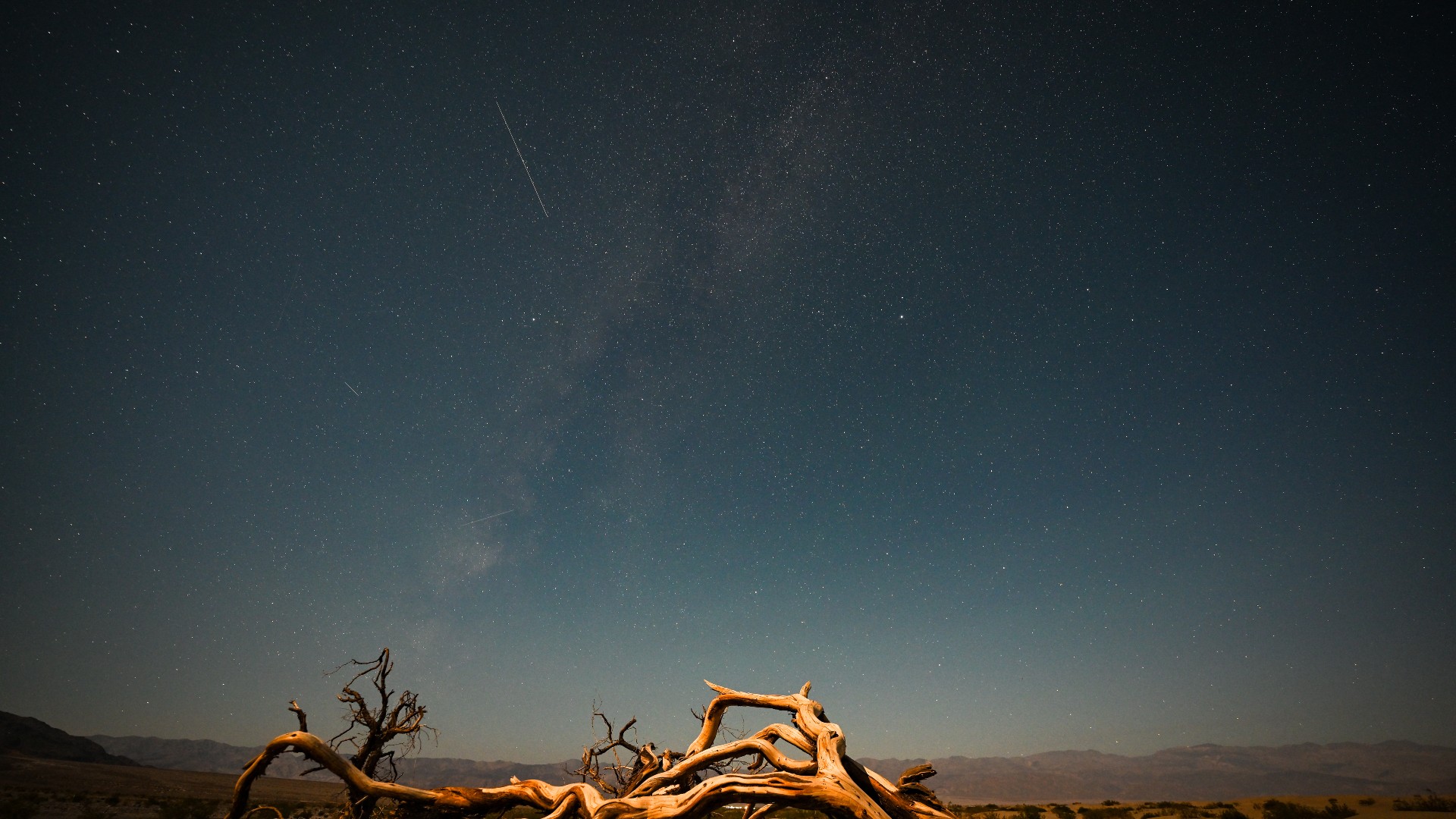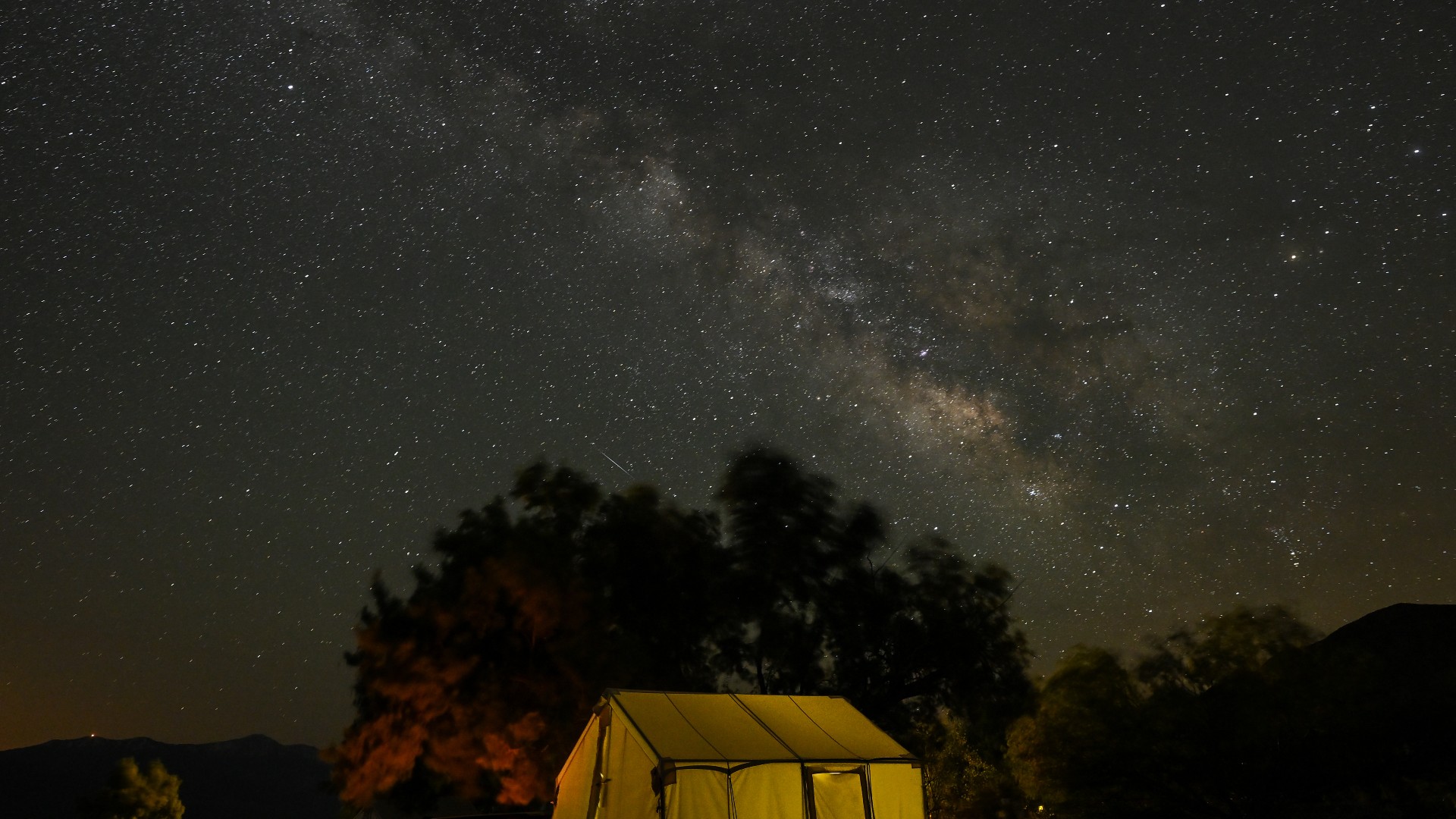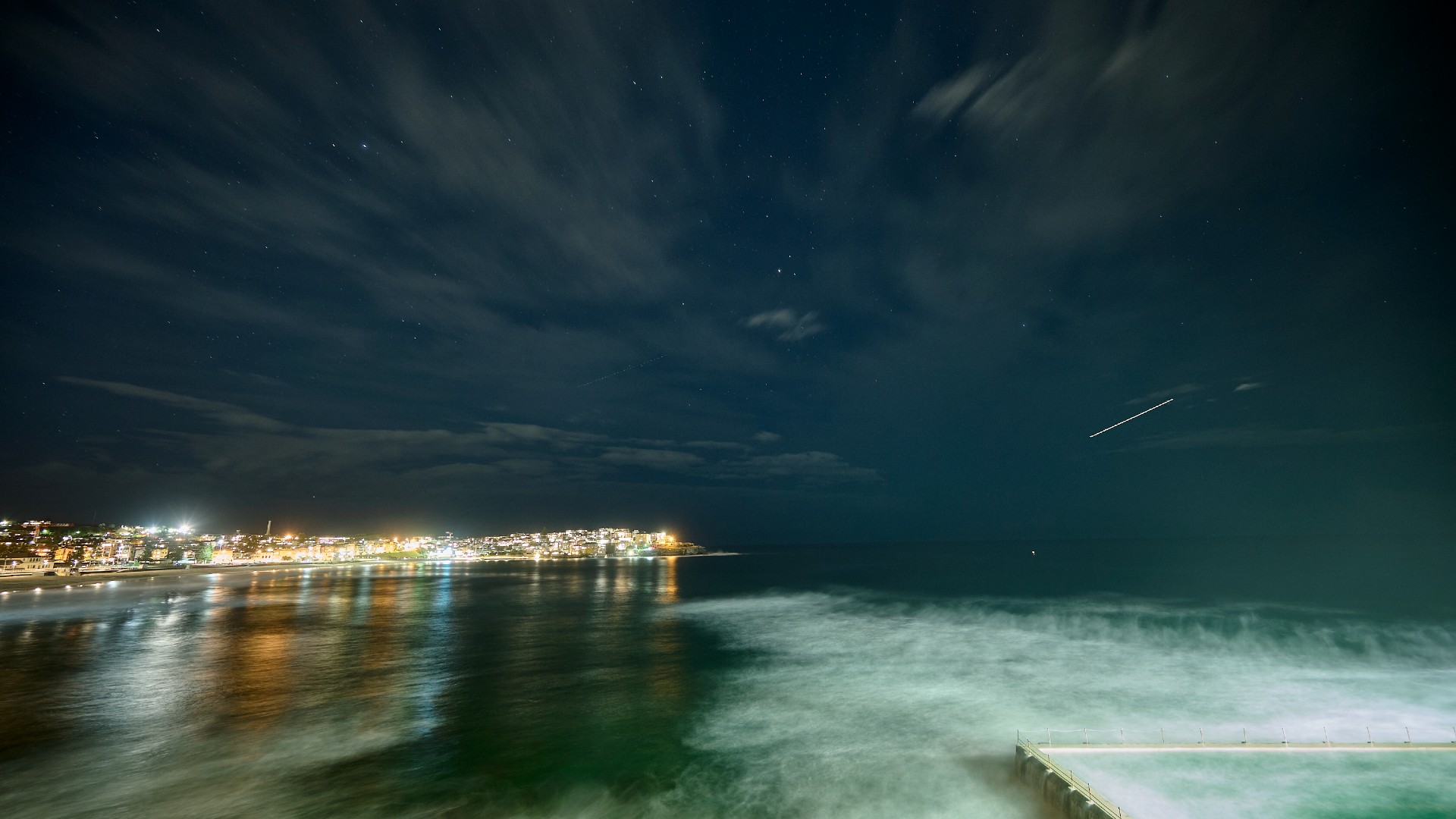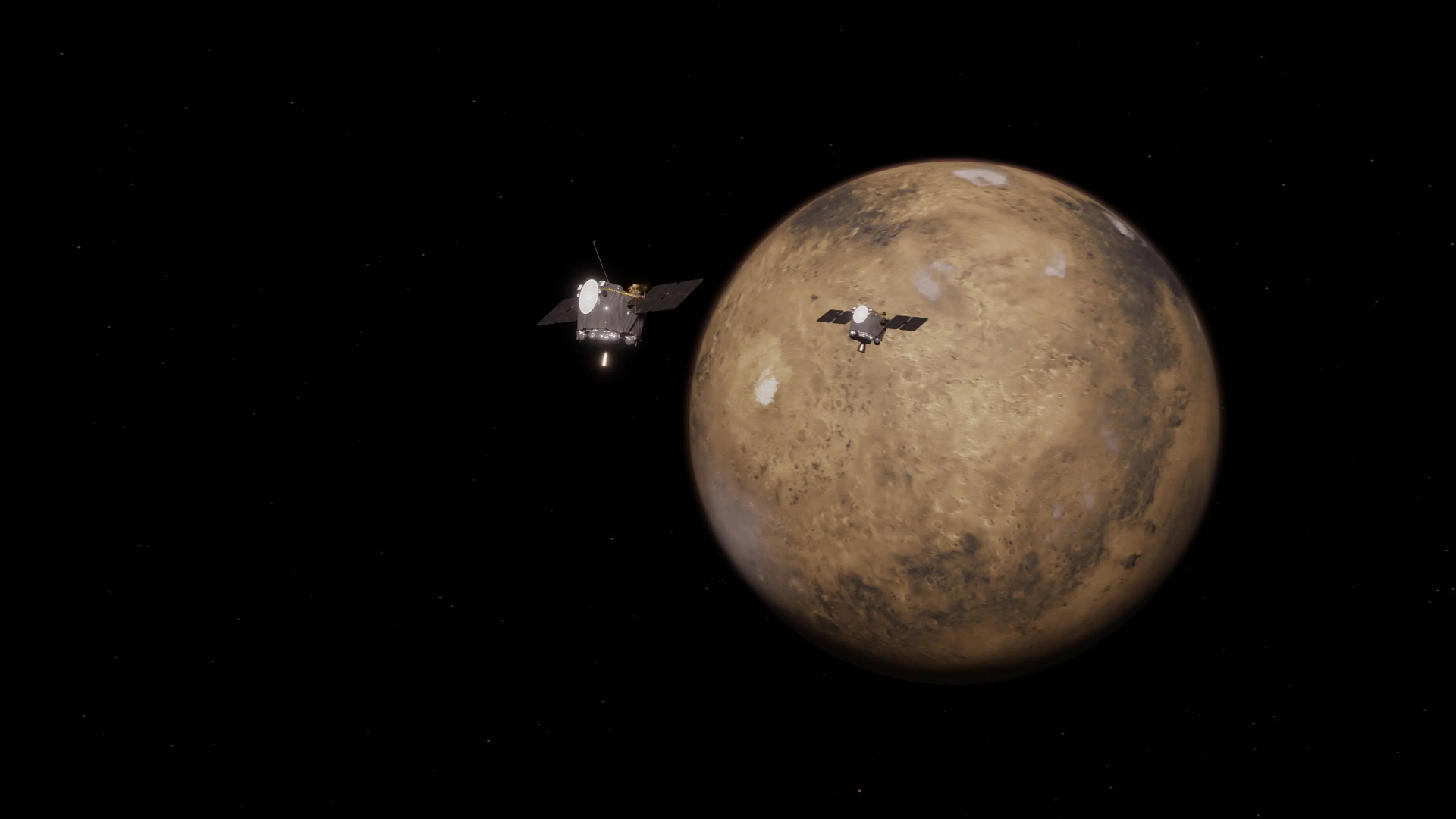The summer meteor showers of 2023 could be awesome. Here's how to see them

Every summer it's a ritual: Amateur astronomers worldwide look forward to observing the annual performance of the Perseid meteor shower, yet often overlook six lesser-known showers that peak between July 26 and August 17.
Fortunately, in 2023, the phase of the moon will not be overly obtrusive when most of these minor meteor showers will be reaching their peak; only one out of the six will be wrecked by an almost-full moon in early August.
However, most are also active for a good number of days before and after maximum activity, so you can also watch for them when moonlight is not a hinderance. The duration in days of a shower we provide here is somewhat arbitrary, since the beginning and ending are gradual and indefinite.
This year will be a particularly good year for watching the Perseids and we'll have much more to say about them in the weeks to come, but in the meantime, why not also take some time to look for the other six as well?
Related: Meteor showers 2023: When is the next one?

Looking for a telescope to observe the summer night sky in between meteor showers? We recommend the Celestron Astro Fi 102 as the top pick in our best beginner's telescope guide.
Five of the six minor displays have radiants that will be reaching their highest points in the southern sky between the hours of roughly 1 a.m. and 3 a.m. local daylight time. A radiant is the place in the sky where the paths of shower members, if extended backward, would intersect if plotted on a star chart. Many people are misled into thinking that this is the best place to look for these meteors, but actually only "stationary meteors" — those coming more or less straight at you — can be seen here. The greatest numbers will be seen perhaps 30 degrees (the equivalent of the width of three fists held at arm's length) away from the radiant, in the general direction of the point directly overhead (the zenith).
In addition to shower meteors, there are always sporadic meteors, presumably unrelated to one another, that occur at an average rate of several per hour.
Breaking space news, the latest updates on rocket launches, skywatching events and more!
The number of meteors an observer can see in the course of an hour depends strongly on sky conditions. The rates quoted here, are based on a limiting star magnitude of +6.5 (a really good, dark sky), an experienced observer, and the assumption that the radiant is directly overhead. The lower the radiant in the sky, the fewer the numbers that will be seen. At an altitude of about 30 degrees the hourly rate is halved, at 15 degrees it is a third.
If you want to try your hand at capturing photos of some of these meteor showers, don't miss our guide on how to photograph meteors and meteor showers as well as our best cameras for astrophotography and best lenses for astrophotography.
And if you are hoping to get a closer look at the night sky this summer, our guides to the best telescopes and best binoculars are a great place to start.
Here, then, is our list of "summer streakers" to look out for in July and August 2023:
Capricornids
This is the first of our showers, which will peak on July 26th, though extending from July 10th to August 15th. Only a few Capricornids will appear per hour, but they are generally bright meteors.
The radiant is located just above the zodiacal constellation of Capricornus the Sea Goat, a large dim figure whose stars form a roughly triangular figure which might suggest an inverted cocked hat, or perhaps a bird flying toward you. After the first-quarter moon sets at around midnight, the sky will be suitably dark for meteor viewing.
Delta Aquarids
This shower peaks just three days after the Capricornids, on July 29 (July 12 - August 19). This shower is actually composed of two radiants, indicating that we are seeing two distinct streams of celestial debris burning up in the Earth's atmosphere. As many as two or three dozen meteors are provided by this shower. Most shower members are medium speed and faint, but occasional brighter events do happen, although only about 5-10% show persistent trains.
The zodiacal constellation of Aquarius the Water Bearer, from which these meteors appear to emanate, is noteworthy by a little triangle of dim stars with a fourth star at its center, marking the water carrier's jar. You'll find it roughly halfway between Capricornus and the Great Square of Pegasus. Wait until the bright light of the waxing gibbous moon leaves the sky at 1:45 a.m. to partake in this shower.
Piscis Austrinids
The Piscis Austrinids come to maximum just two days after the Delta Aquarids on July 31 (July 15 - August 20). This shower, however, strongly favors those living in the Southern Hemisphere where the radiant climbs high in the sky. Low rates of faint, moderate speed meteors emanating from near the Southern Fish's mouth (1st-magnitude Fomalhaut) can be expected. Only five members per hour will be visible from far-southerly latitudes.
Alpha Capricornids
This is another weak shower coming from the stars of Capricornus, which begins about July 3, peak around August 2, and end on August 15. Though few in number, the Alpha Capricornids frequently produce slow, bright yellow, fireball-class meteors that can be quite spectacular. They can be especially stunning for northern observers because of their long trails, owing to their low radiant elevation.
Unfortunately, this year, a nearly full moon is shining in Capricornus on the peak night, likely squelching most if not all of these meteors.
Iota Aquarids
This is the last minor shower peaking before the Perseids. It's another two-radiant shower from the stars of Aquarius, having detectable members from July 25 to August 15. Only about six members per hour are seen under good conditions on the peak night of August 6.
You'll only have until about 10:30 p.m., when Aquarius is low in the east-southeast. That's when a waning gibbous moon rises, and brightens the sky the rest of the night.
The Perseids
The Perseids are expected to be especially good this year for two reasons: First, the moon will hardly interfere with the peak at all, being just a slender crescent in the predawn morning sky and second, the core of this meteor stream is expected to interact with the Earth during the morning hours of August 13 for North America. The radiant rises in the northeast during mid-evening and climbs to a point almost directly overhead just before 6 a.m. local daylight time.
When the maximum occurs in a dark sky (as is expected this year), this rich display can average more than 50 members per hour, though observers blessed with especially dark skies have sighted double this rate on occasion. Perseids are typically fast and bright, with many flaring meteors with trains often seen under good skies; the first forerunners appear as early as July 17 and the final stragglers as late as August 24.
Kappa Cygnids
These are the last of the summer showers. The limits of this shower run from August 3 through 28, with the peak on August 17. There is apparently a 7-year period of enhanced activity, though such activity is not expected in 2023. Though the maximum rate is only three per hour, the stream does provide flaring fireballs and a careful skywatcher may be nicely rewarded for the time spent.
The meteors appear to dart from Cygnus the Swan, whose six brightest stars form the large figure popularly called the Northern Cross, whose long axis lies lengthwise along the Milky Way. You'll find it practically overhead at around local midnight. The moon will near new phase on the peak night, so this will be a very good year to check on a shower that is often ignored compared to the Perseids.
Joe Rao serves as an instructor and guest lecturer at New York's Hayden Planetarium. He writes about astronomy for Natural History magazine, the Farmers' Almanac and other publications.

Joe Rao is Space.com's skywatching columnist, as well as a veteran meteorologist and eclipse chaser who also serves as an instructor and guest lecturer at New York's Hayden Planetarium. He writes about astronomy for Natural History magazine, Sky & Telescope and other publications. Joe is an 8-time Emmy-nominated meteorologist who served the Putnam Valley region of New York for over 21 years. You can find him on Twitter and YouTube tracking lunar and solar eclipses, meteor showers and more. To find out Joe's latest project, visit him on Twitter.


